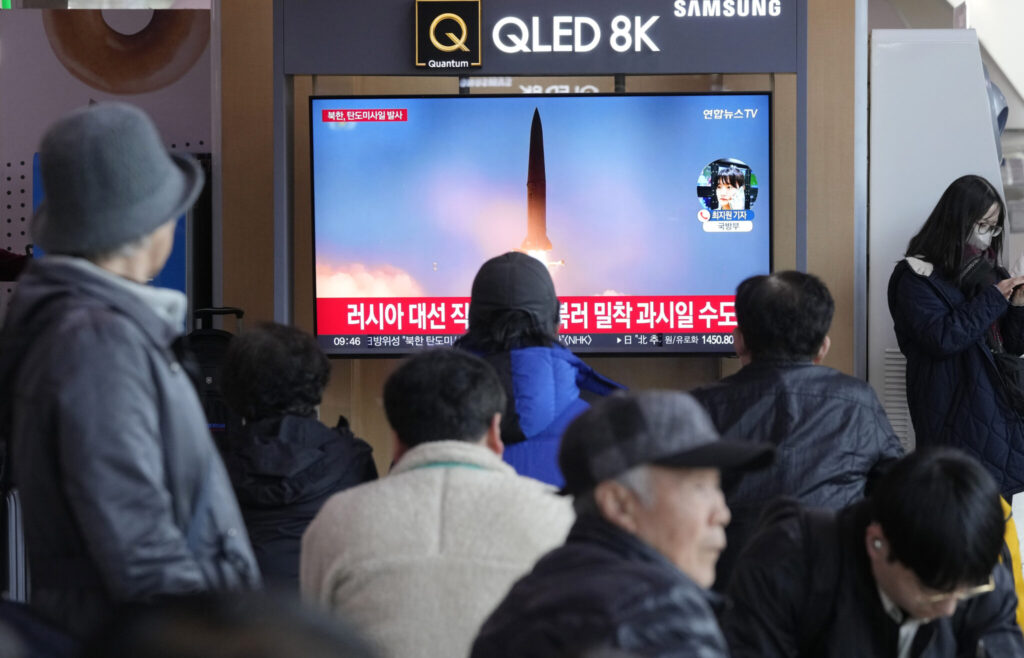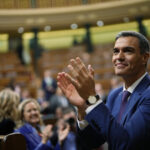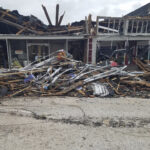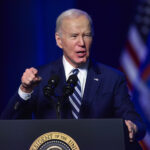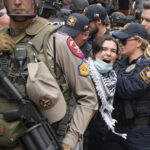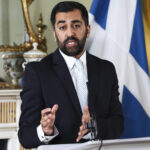North Korea fired multiple short-range ballistic missiles toward its eastern waters Monday morning, its neighbors said, days after the end of the South Korean-U.S. military drills that the North views as an invasion rehearsal.
Quick Read
- North Korea fired multiple short-range ballistic missiles into its eastern waters on Monday, coinciding with U.S. Secretary of State Antony Blinken’s visit to Seoul.
- This marked North Korea’s first missile tests in about a month, following the conclusion of South Korean-U.S. military exercises.
- Japan reported three missiles were launched, with all landing outside Japan’s exclusive economic zone, prompting strong condemnation and protests from Japanese Prime Minister Fumio Kishida.
- South Korea detected “several” missile launches, describing them as a provocation threatening regional peace, and reaffirmed its military readiness in alliance with the United States.
- The missiles, assessed to have traveled 300-350 kilometers and reached altitudes of 50 kilometers, are seen as targeting key facilities in South Korea.
- The U.S. condemned the launches, emphasizing the steadfast commitment to the defense of South Korea and Japan.
- The missile tests followed North Korean leader Kim Jong Un’s guidance on military exercises and calls for enhanced warfighting capabilities during the recent South Korean-U.S. drills.
- The launches come amid ongoing tensions on the Korean Peninsula, with North Korea expanding its missile tests and the U.S. and South Korea responding with larger military exercises.
- Experts believe North Korea aims to bolster its weapons arsenal for increased leverage in potential future negotiations with the U.S., seeking sanctions relief while retaining its nuclear capabilities.
- Concerns have grown over North Korea’s military intentions, especially after Kim Jong Un’s vow to revise the constitution to view South Korea as an “invariable principal enemy” and the potential for limited provocations along the Korean border.
The Associated Press has the story:
North Korea resumes missile tests, raising tensions with its rivals
Newslooks- SEOUL, South Korea (AP) —
North Korea fired multiple short-range ballistic missiles toward its eastern waters Monday morning, its neighbors said, days after the end of the South Korean-U.S. military drills that the North views as an invasion rehearsal.
The launches — North Korea’s first known missile testing activities in about a month — came as U.S. Secretary of State Antony Blinken was in Seoul for a democracy summit. Outside experts earlier predicted North Korea would extend its run of missile tests and intensify its warlike rhetoric ahead of the U.S. presidential election in November to boost its leverage in future diplomacy.
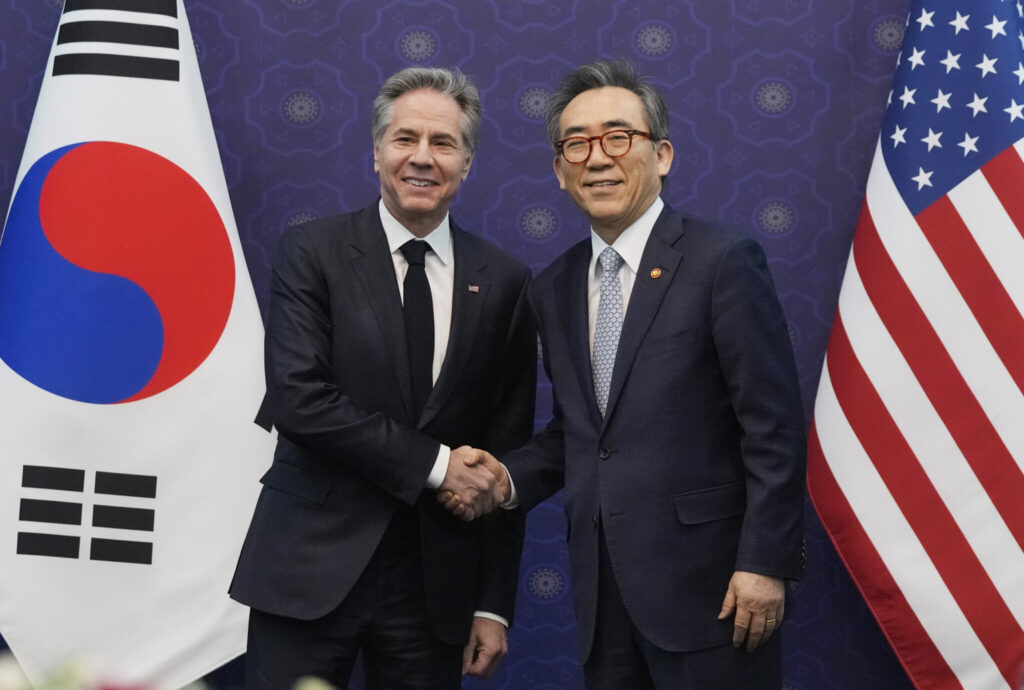
Japan’s Defense Ministry said North Korea fired three missiles, two together at 7:44 a.m. and the other about 37 minutes later. Japanese Prime Minister Fumio Kishida told a parliamentary session that the North Korean missiles landed in the waters between the Korean Peninsula and Japan, all outside of Japan’s exclusive economic zone, and that no damage or injuries have been reported.
Kishida denounced North Korea’s repeated ballistic missile tests as acts “that threaten the peace and safety of Japan, the region and the international society.” He said Japan strongly protested against North Korea over its testing activities, saying they violated U.N. Security Council resolutions that ban the North from engaging in any ballistic activities.
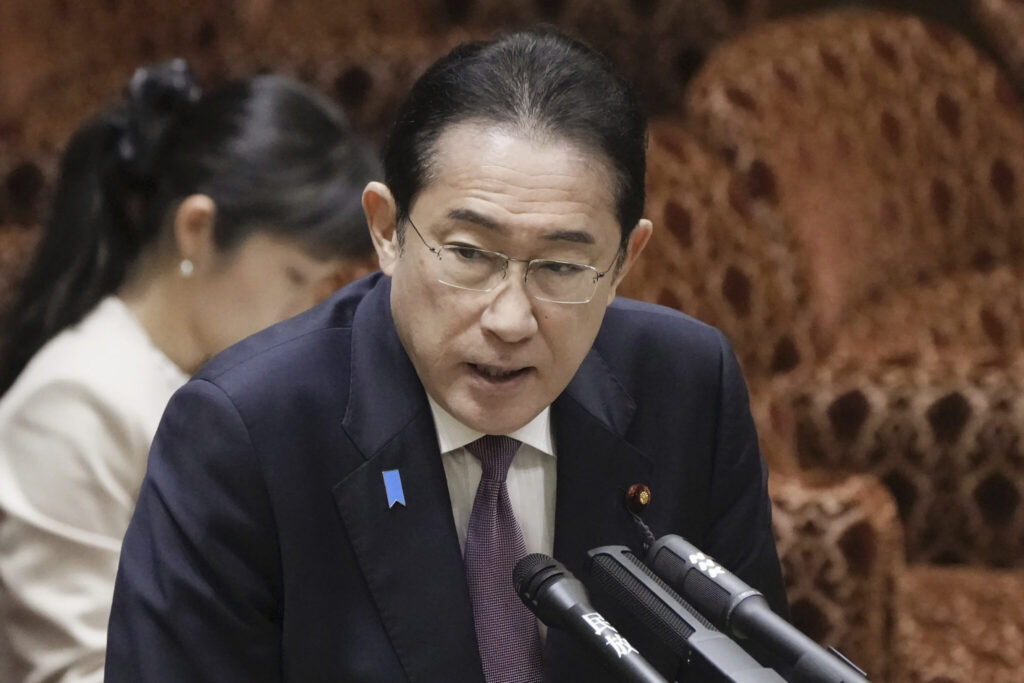
South Korea’s military said it also detected “several” suspected short-range ballistic launches by North Korea on Monday morning. The Joint Chiefs of Staff called the launches “clear provocation” that threaten peace on the Korean Peninsula. It said South Korea will maintain readiness to repel any provocation by North Korea, based on its solid military alliance with the United States.
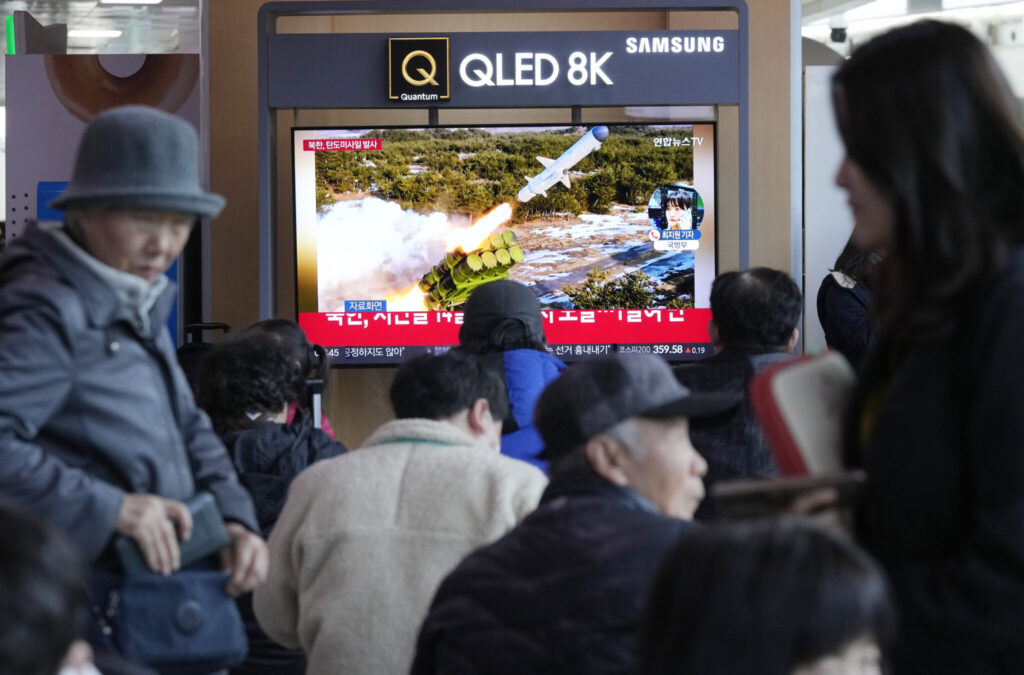
According to Japanese and South Korean assessments, the North Korean missiles fired from its capital region traveled a distance of 300-350 kilometers (about 185-220 miles) and reached a maximum altitude of 50 kilometers (about 30 miles).Observers say the missiles’ fight distances indicate they are weapons targeting major facilities in South Korea, such as its military headquarters in the central region.
The U.S. State Department condemned the launches, saying they pose a threat to the North’s neighbors and undermine regional security. A State Department statement said the U.S. commitment to the defense of South Korea and Japan remain “ironclad.”
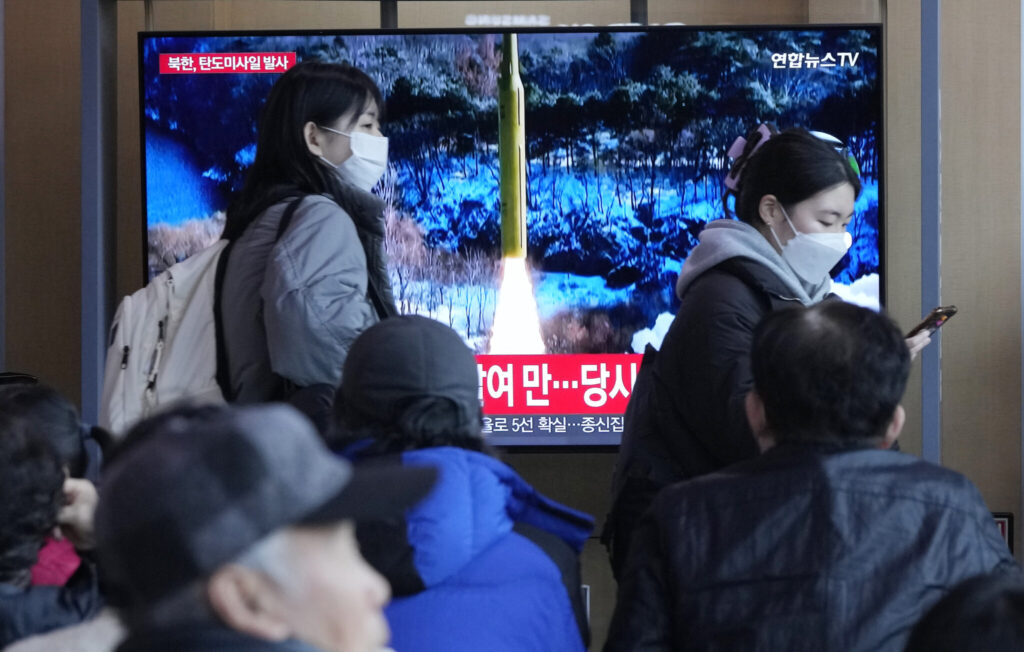
The U.S. stations a total of 80,000 troops in South Korea and Japan, the backbone of its military presence in the Asia-Pacific region.
During the South Korea-U.S. military drills that ended Thursday, North Korean leader Kim Jong Un guided a series of military training exercises involving tanks, artillery guns and paratroopers and called for greater war fighting capabilities. The 11-day South Korean-U.S. drills involved a computer-simulated command post training and 48 kinds of field exercises, twice the number conducted last year.
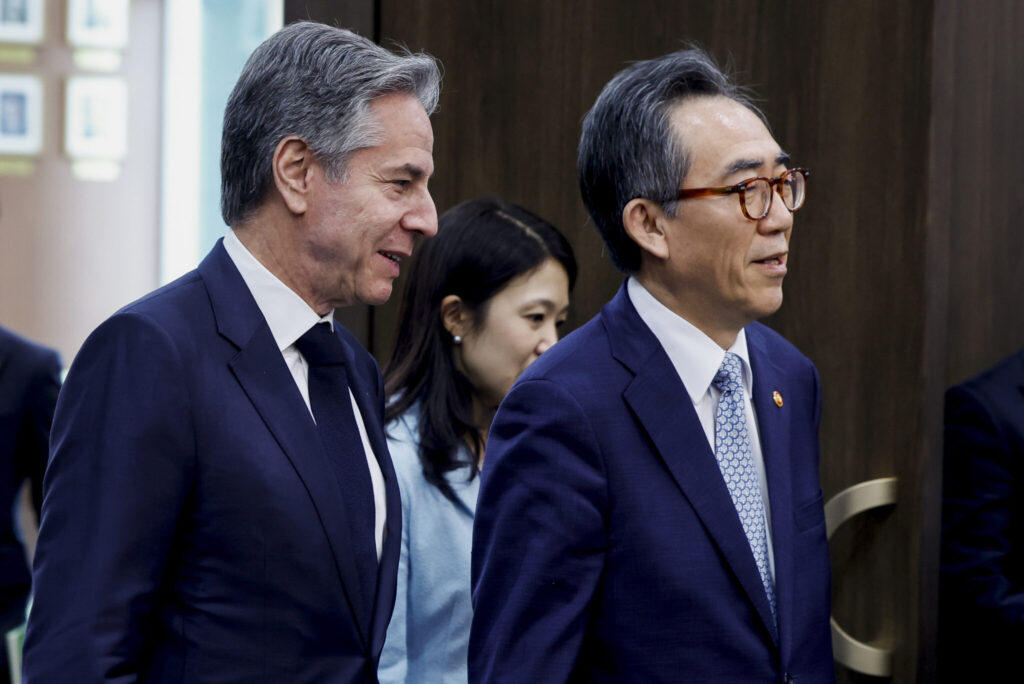
The North didn’t perform any missile tests during its rivals’ training, however. Its missile tests are considered much bigger provocations as North Korea has been pushing hard to mount nuclear warheads on its missiles targeting the U.S. mainland and its allies. Many experts say North Korea already has nuclear-armed missiles capable of reaching all of South Korea and Japan, but it has yet to have functioning long-range missiles that can strike the U.S. mainland.
Before Monday’s launches, North Korea last carried out missile tests in mid-February by firing cruise missiles into the sea.
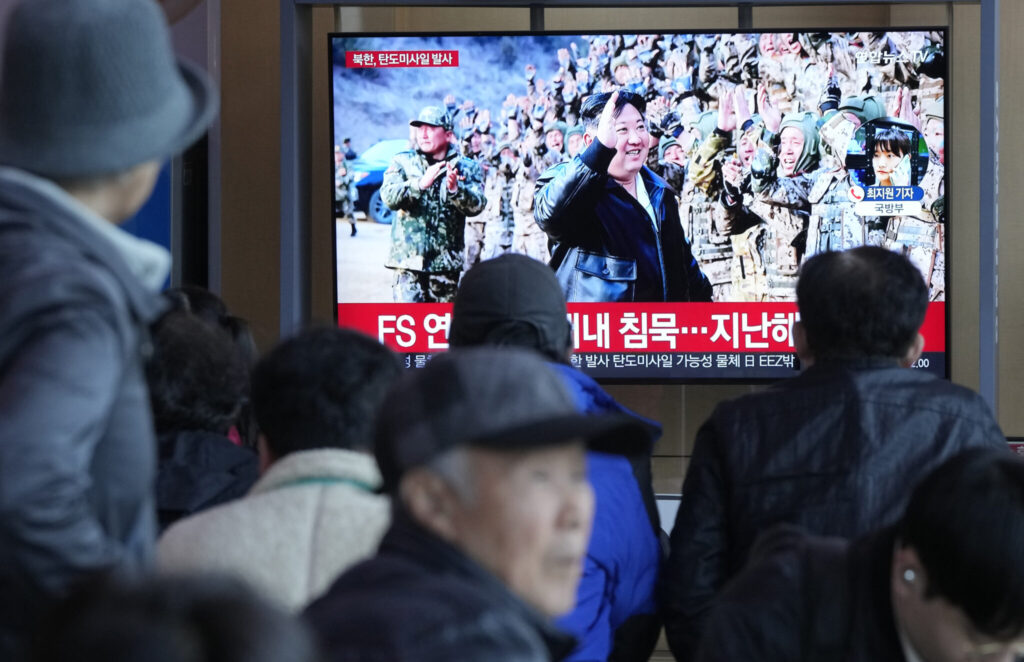
Animosities on the Korean Peninsula remain high in the wake of North Korea’s barrage of missile tests since 2022. Many of the tests involved nuclear-capable missiles designed to attack South Korea and the mainland U.S. The U.S. and South Korean forces have responded by expanding their training exercises and trilateral drills involving Japan.
Experts say North Korea likely believes a bigger weapons arsenal would increase its leverage in future diplomacy with the United States. They say North Korea would want to win extensive sanctions relief while maintaining its nuclear weapons.
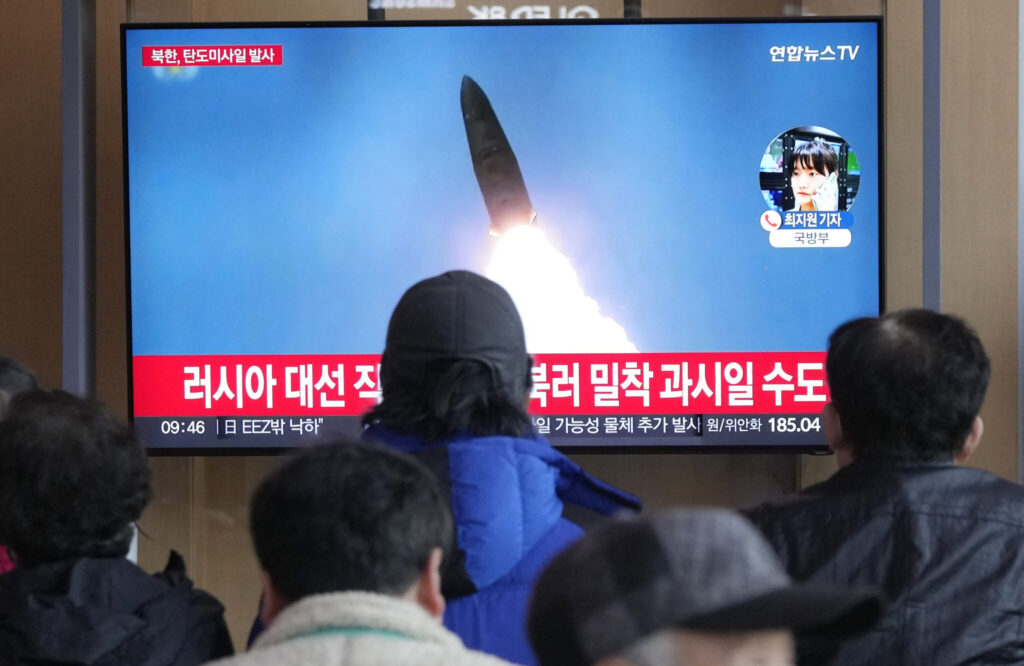
Worries about North Korean military moves have deepened since Kim vowed in a speech in January to rewrite the constitution to eliminate the country’s long-standing goal of seeking peaceful unification of the Korean Peninsula and to cement South Korea as its “invariable principal enemy.” He said the new charter must specify North Korea would annex and subjugate the South if another war broke out.
Observers say North Korea may launch limited provocations along its tense border with South Korea. But they say the prospects for a full-scale attack by North Korea are dim as it would know its military is outmatched by the U.S. and South Korean forces.

